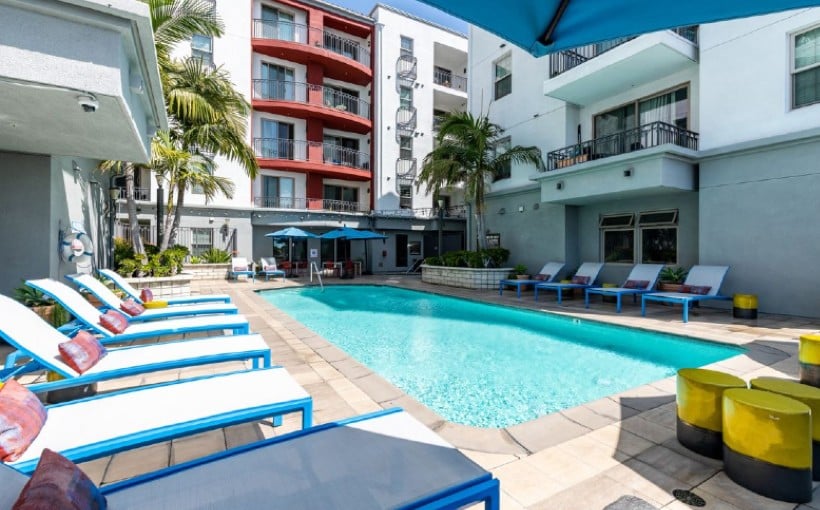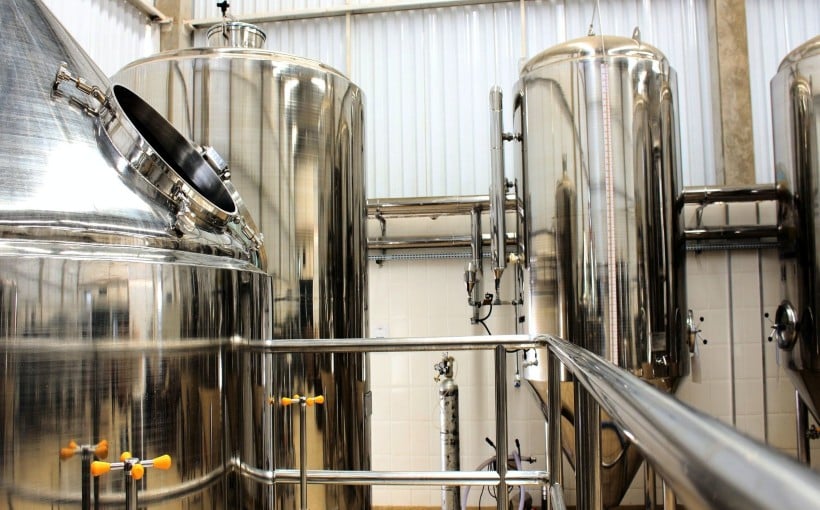In 2024, SteelWave Digital, a subsidiary of the SteelWave Commercial Real Estate organization, is leading the way in innovation by exploring a tokenization strategy. This approach aims to offer coins tied to physical assets and presents new opportunities for both local and global investors. We had the privilege of speaking with Barry DiRaimondo, CEO of SteelWave Digital, about his vision for investment in the digital age.
Q: What is your perspective on the current market?
A: The CRE market can be viewed through two lenses: Capital Market fundamentals (values) and Supply/Demand fundamentals (vacancies and leasing velocity). Currently, capital market fundamentals are completely dislocated with values significantly lower than their peak in 2022.
Real estate values are typically inversely proportional to interest rates – as rates decrease, values increase. However when there is a rapid change in interest rates like we saw from late 2022-2023 where they tripled over an eight-month period – it can lead to significant decreases in value. Today’s office sector has seen drops of 50-70%, multifamily at around 30-40%, and industrial at approximately20-30%. These declines are unprecedented due to low starting cap rates amplifying deflation during times like these.
Current owners may struggle with debt restructures as many have lost equity invested during high-value years between2017 -2022 based on today’s spot values – especially within office spaces but also potentially within certain industrial markets such as Southern CA where rental rate increases were substantial from2017 until now.
If you do not need or want sell an asset currently then you would likely hold onto it; however those who have liquidity available see this time as an opportunity for buying assets at today’s price points which some consider generational investments
Q: Where do you see potential opportunities?
A:The greatest potential lies within product types that experience dislocation both within capital markets AND supply and demand fundamentals. Currently, this would be the office sector.
Life Science may not be too far behind but unfortunately these opportunities also come with higher risk. The amount of vacant office space is staggering in markets dominated by the tech sector as projections for growth were aggressive leading to over-leasing and an abundance of new supply within a time where most tech tenants are shrinking their footprints. Similarly, there is an unprecedented amount of new Life Science properties under construction or recently completed compared to existing bases which will likely lead to a significant increase in vacancy levels.
It will take longer for supply and demand metrics to reach equilibrium than it will for capital markets – creating uncertainty on how long it could take (2-5 years) before excess supplies burn off – making economic forecasting difficult when underwriting investment decisions.
Q: What is your investment strategy?
A: Historically we have created work environments through developing (ground up) new offices/life science properties or transforming existing buildings into mixed-use spaces that offer live-work-play ecosystems including housing, retail, hospitality etc.. We target innovation hubs within our market selection process
Capital Markets have reset values entirely allowing us execute our strategy at significantly lower costs than what was seen pre GFC days; acquiring assets below replacement cost has become possible again due recent value drops
Lastly we believe that buying fully leased assets with long-term leases from tech tenants at high cap rates can drive value-add returns without taking on traditional risks associated with those types of investments
Q: What do you mean by “Hyper-Bear” Marketplace?
A:The current state represents one where both capital markets AND Supply/Demand metrics are dislocated simultaneously – if you extrapolate out leasing velocity while looking forward using interest rate curves then one might conclude that the next 3-5 years could look disastrous based upon history however recovery tends happen faster than expected especially within high-growth sectors like technology so we remain optimistic about future potential success despite current market sentiment.
Q: Tell us about your new fund
A: Our new fund is a risk-averse real estate strategy. As previously mentioned, we believe that acquiring existing office assets with long-term leases to tech tenants within tech hubs at unprecedented cap rates presents an opportunity for significant upside. What was once considered high 4 – low 5 cap rates are now being seen as high 7 – low9cap rates by institutional investors who believe the office sector in these areas has reached a point of no return due to work from home transitions, shrinking footprints across various industries and record-high vacancy levels – all while interest rate increases continue and economic data remains challenging during times of social discourse.
It’s difficult to argue against any factors driving this sentiment; however our optimism comes from observing green shoots within markets where we live and operate daily which leads us towards more positive conclusions regarding future opportunities despite current buy-in points.
Our CRE strategy may seem benign but it is revolutionary when viewed through digital asset/3.0 internet lens
Investors will hold traditional LP interests but can convert them into digital securities (tokens) allowing peer-to-peer trading or listing on regulated exchanges once frictionless secondary liquidity becomes available – unfortunately due US regulatory environment the fund had be domiciled in Bermuda instead where large institutional asset management companies both domestically & internationally have begun positioning themselves within rapidly developing financial ecosystems so our goal is bridge traditional hard assets like CRE into that ecosystem Attendee panel closed




